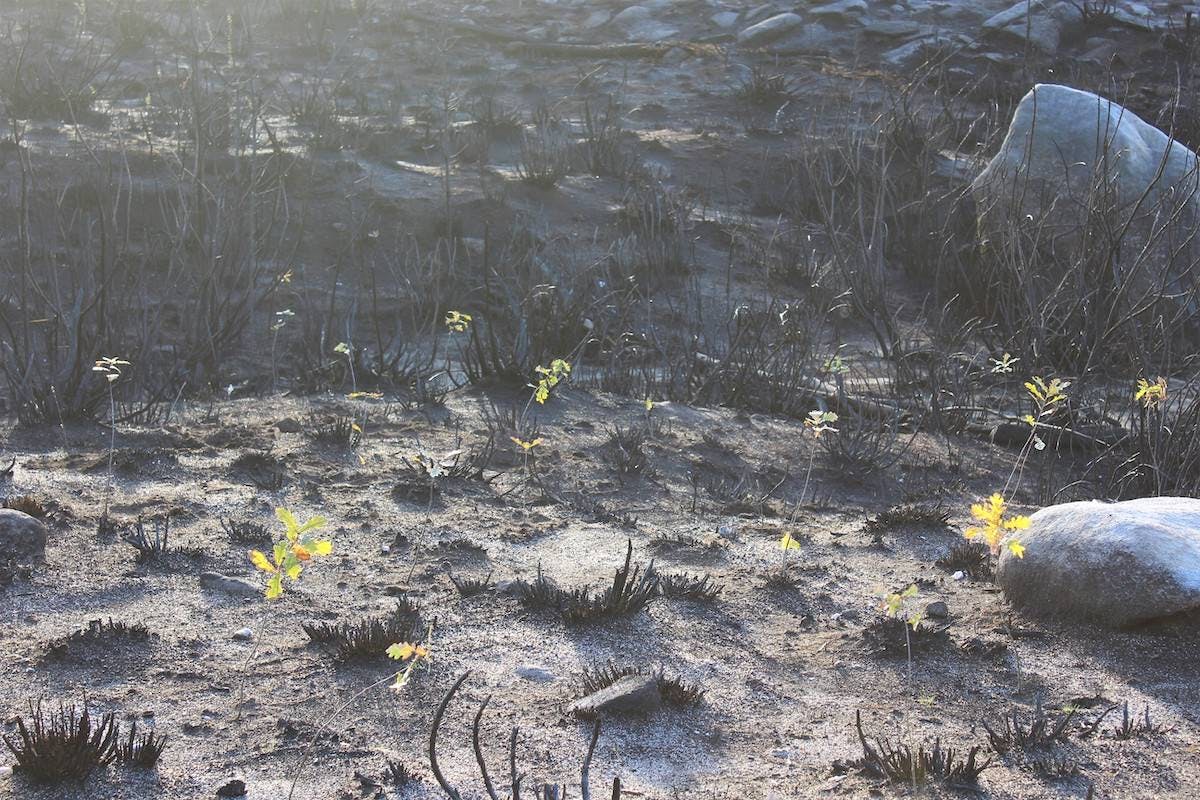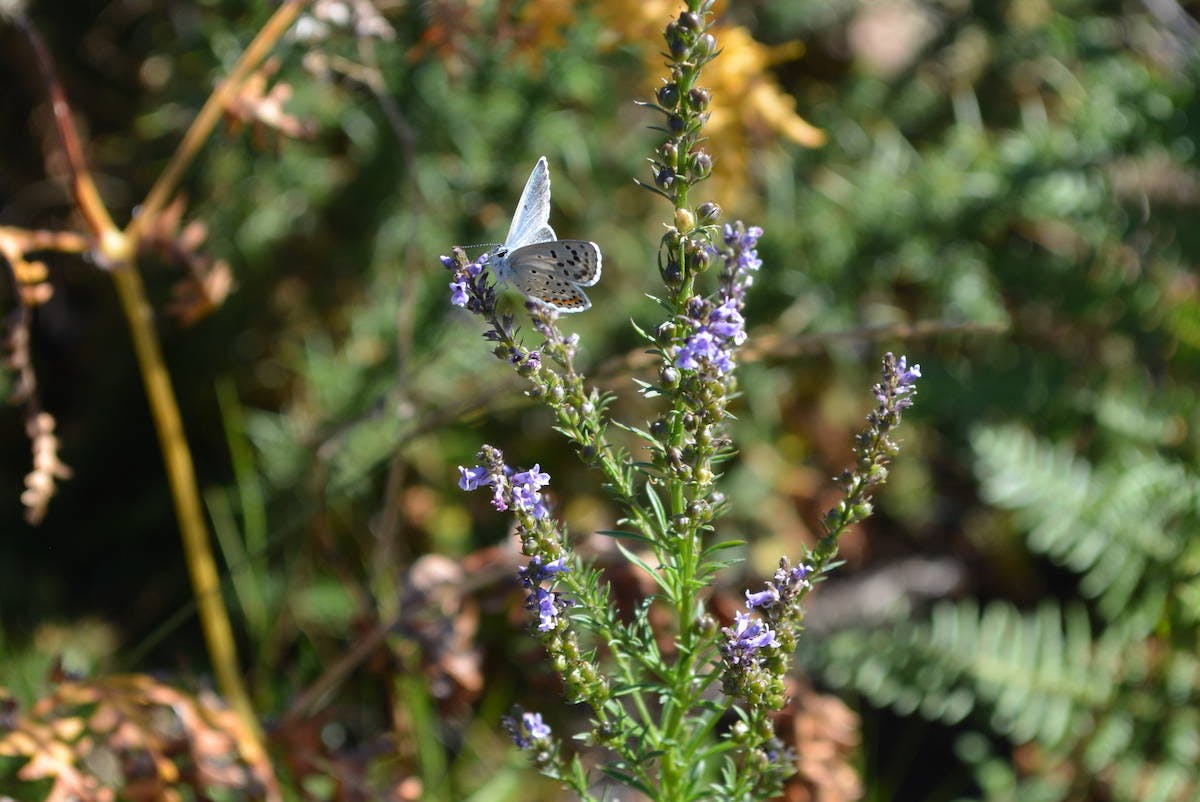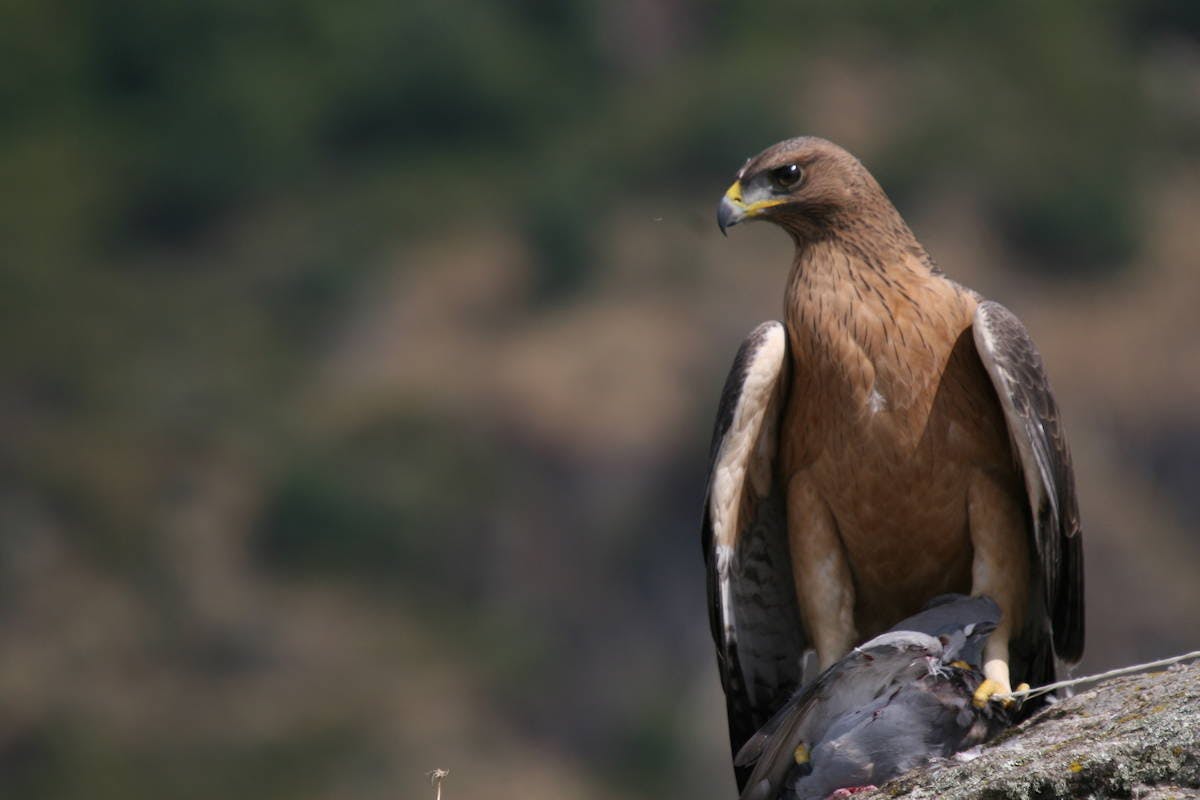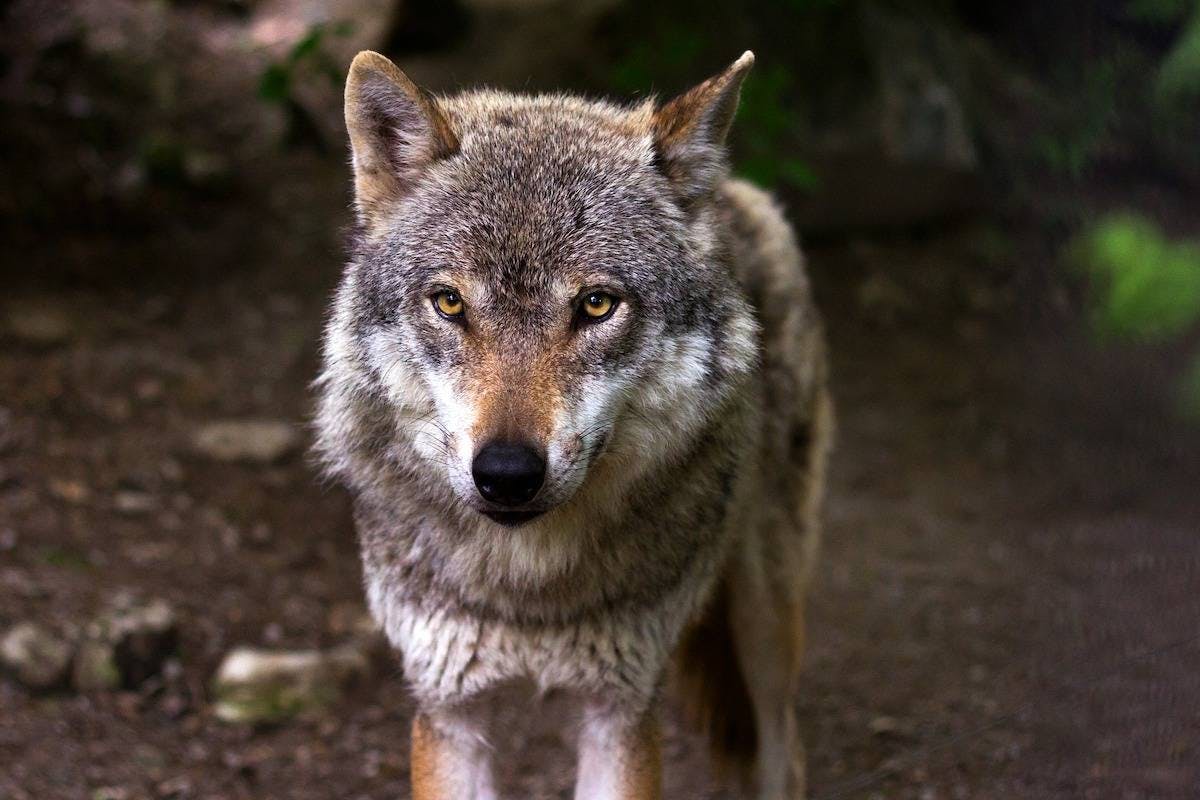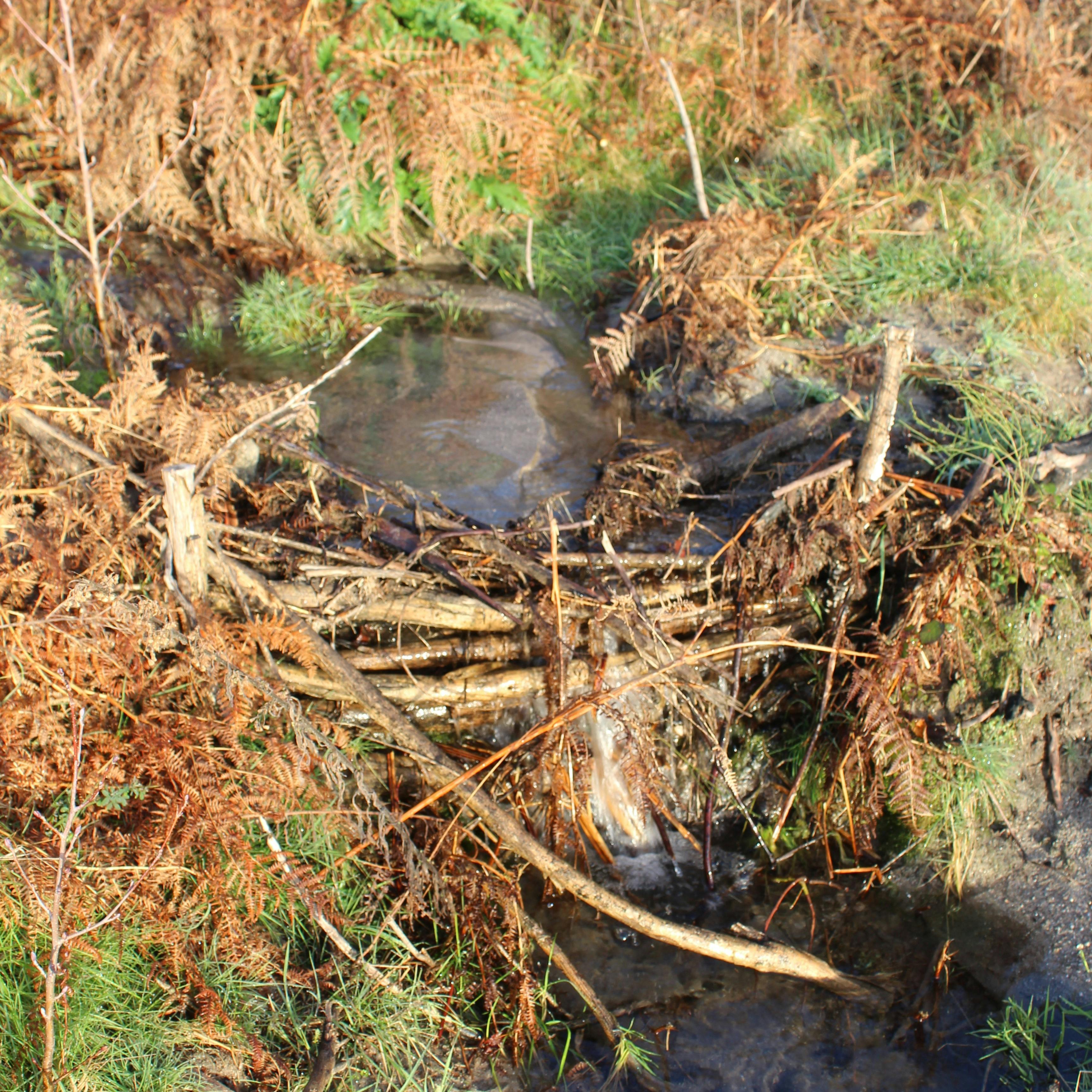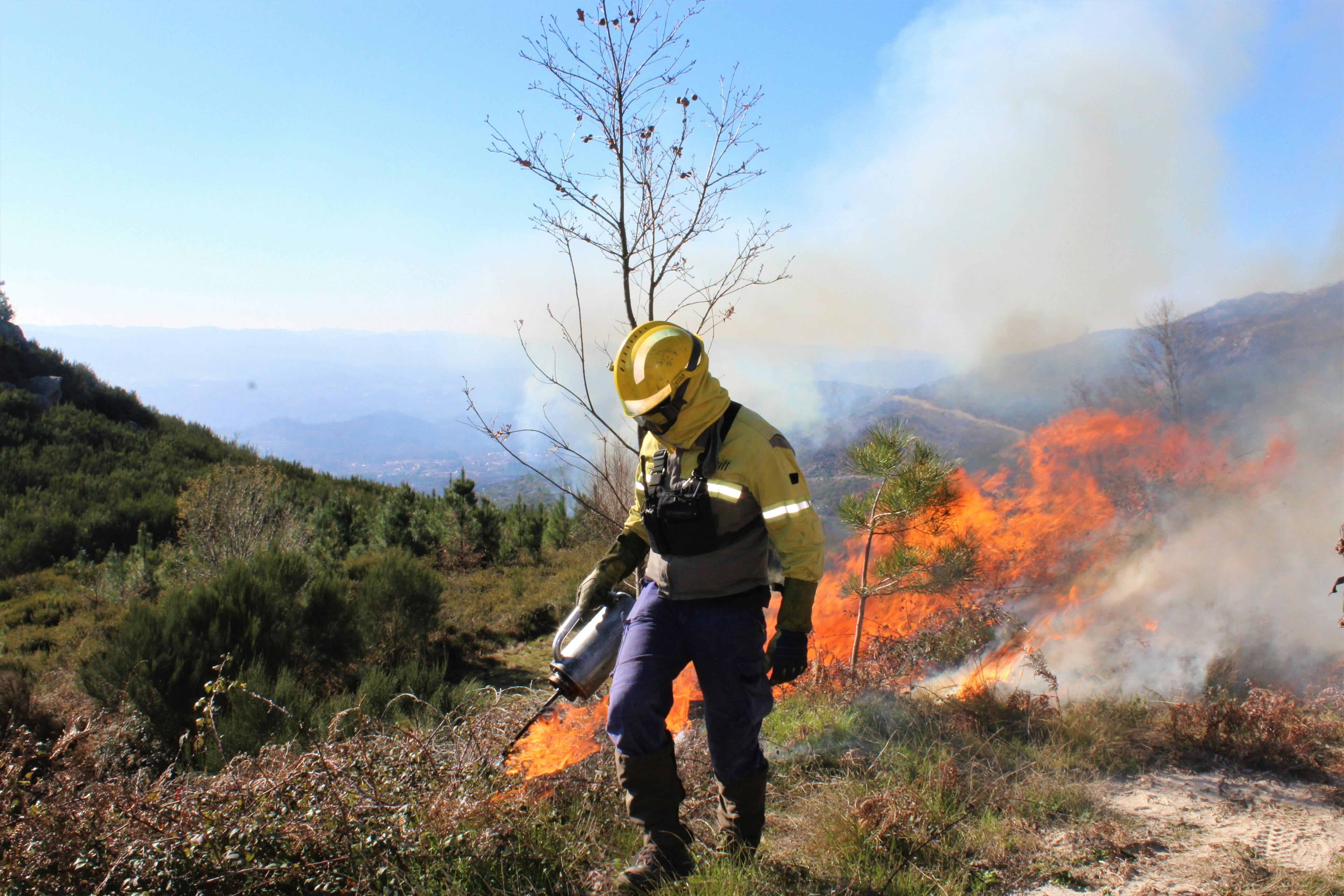- Trees planted: 9,500
- Status: Implemented
Working alongside our local partner, Montis, we restore native oak woodlands and combat dominant Portuguese Broom and Portugal's summer wildfires. Our vision is to have a dense native oak woodland within 15 years, where the canopy shade manages the shrub overgrowth, fuel availability is lower, and biodiversity is higher.
Project Timeline
Spring 2020
Re-planting of 2017/18 season trees lost to hot summers and wild boar.
Autumn 2018 - Winter 2019
Planting continues in Baldio de carvalhais and Vieiro continued.
The Ecosystem
Tree species
We plant Portuguese oak (Quercus faginea), English oak (Quercus robur), holm oak (Quercus ilex), cork oak (Quercus suber), Pyrenean oak (Quercus pyrenaica), European ash (Fraxinus excelsior), strawberry tree (Arbutus unedo), hazel (Corylus avellana), lourel (Prunus lusitanica), elder (Sambucus nigra) and elm (Ulmus minor).
Priority species
Grey wolf (Canis lupus), common genet (Genetta genetta), Bonelli's eagle (Aquila fasciata), and roe deer (Capreolus capreolus) are all present in the area.

A Harsh Landscape
Surviving Portugal's wildfires
To reduce the severity of Portugal's wildfires, the team uses controlled burns to reduce fuel load. This also serves to accelerate the forest regrowth. In an ecosystem adapted to fires, the root systems of many species can survive and the trees can benefit from the extra nutrients in the soil. Controlled burns also clear the area of overgrown shrubs and vegetation, allowing us to replant native oak trees.

The Return of Biodiversity
New life from the ashes
After the first controlled burn, a few immediate positive impacts were visible. The ashes improved the nutrition of the soil. The few young oaks that dotted the intervention area sprung back to life much faster than other plants. Finally, an increase in young shoots and small flowers has led to an increase in rabbit populations and insect biodiversity.

The Threats
Farmland abandonment and a lack of native grazers has allowed the Portuguese broom (Cytisus striatus) to take over the mountainside. In the summer, this tall shrub dries up and becomes the perfect fuel for Portugal's wildfires. In a landscape that deals with the reality of regular fires, with a natural wildfire expected every 8-12 years, this poses a very real threat to local populations. It also hinders the regeneration of the fire resistant oak woodlands.
The native oak trees are more resistant to these wildfires, and could ultimately spread across the mountainside, but the process would take too long, around 100 – 150 years. The current shrub vegetation that covers the landscape burns intensely fast, which makes it impossible for firemen to manage. This means wildfires can quickly get out of control and pose a threat to local people.
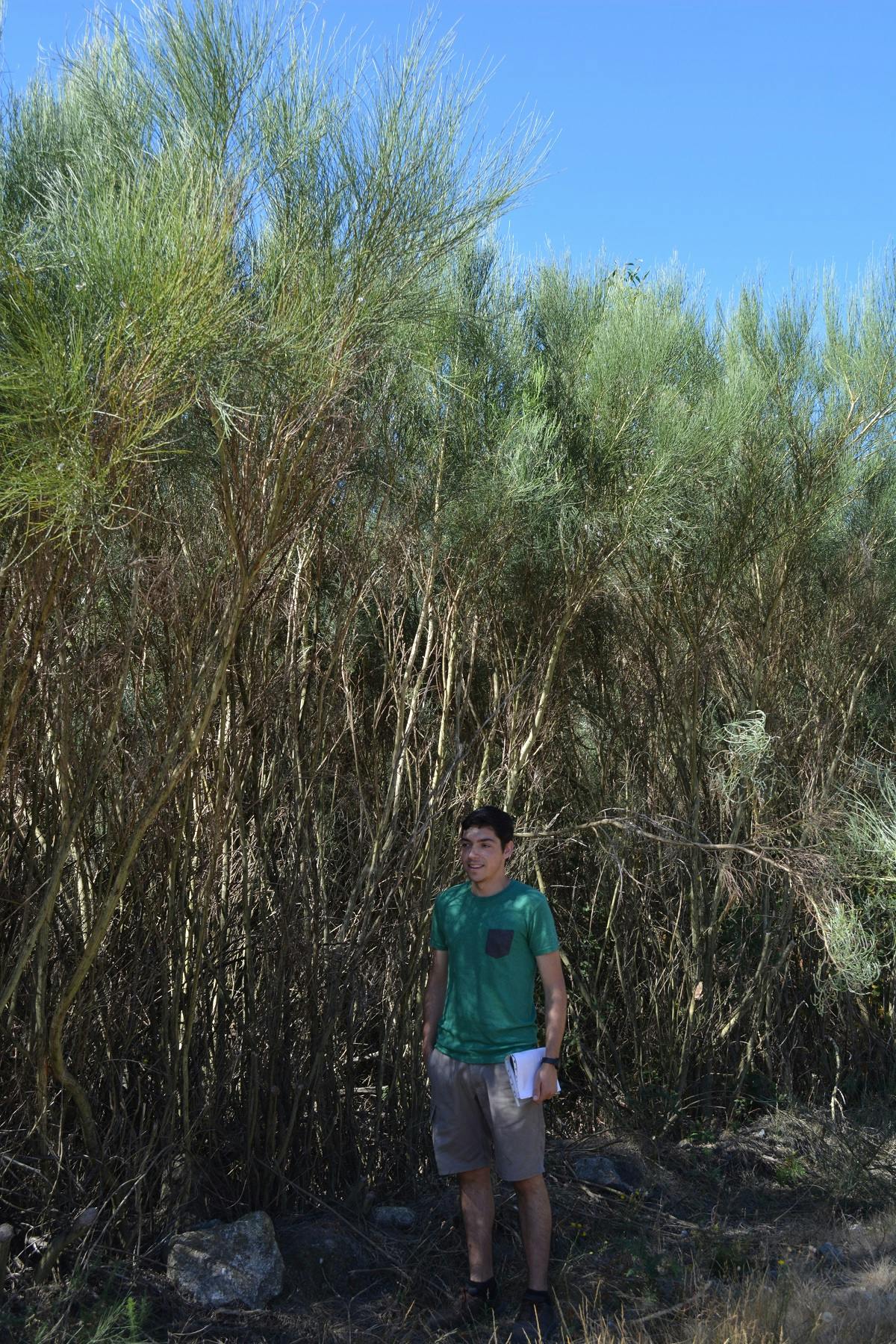

Restoring Oak Woodlands
The Journey
the team behind the project
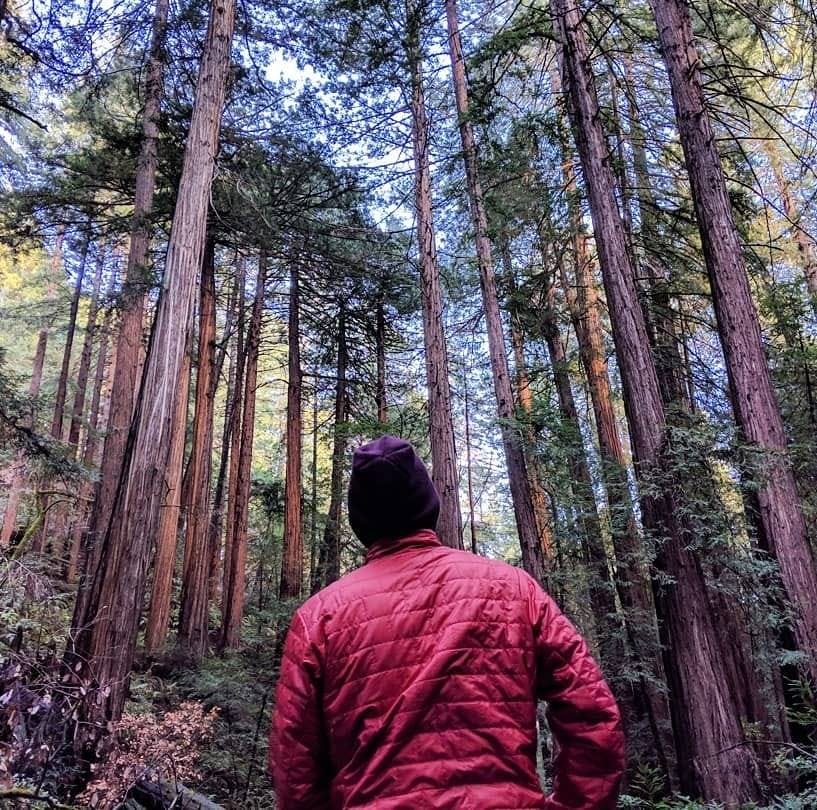
Duarte de Zoeten, Mossy Earth
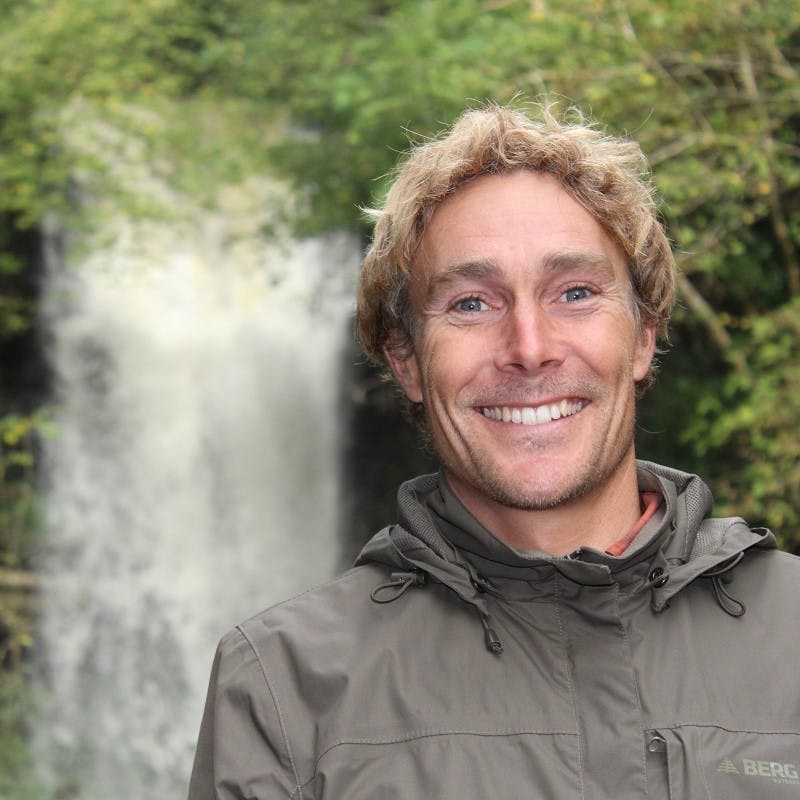
Matt Davies, Mossy Earth
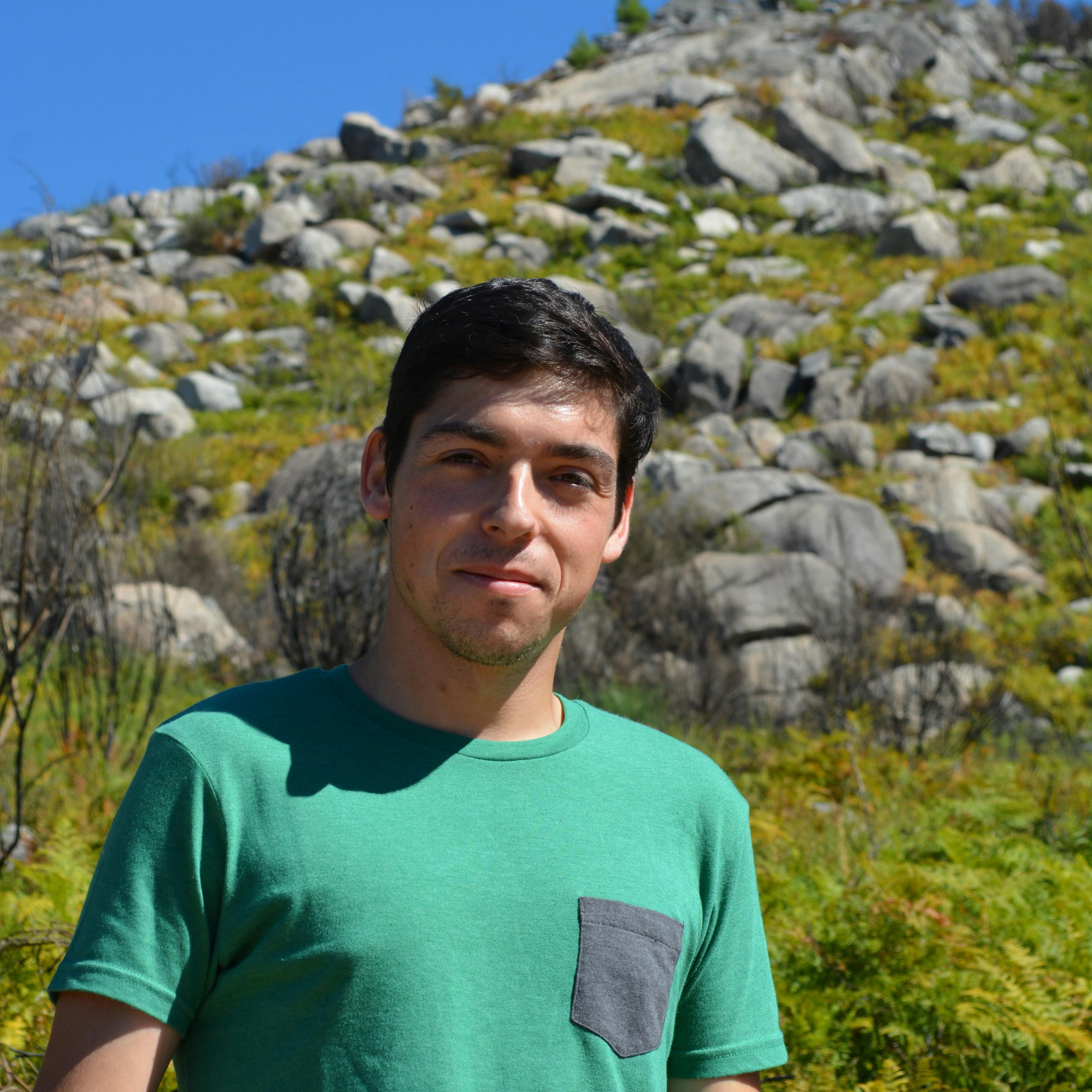
Luis Lopes, Forest Engineer at Montis
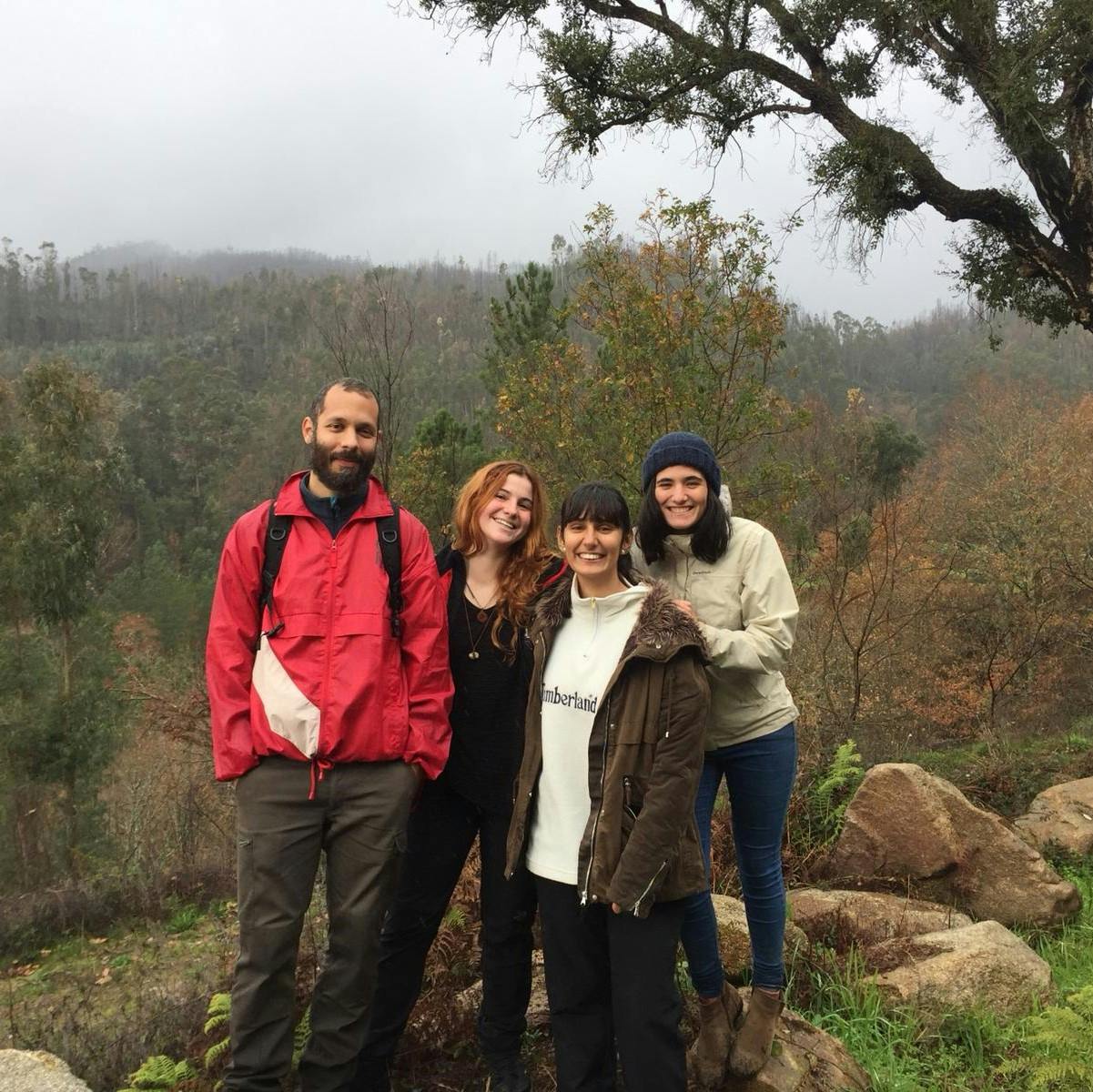
The Team at Montis
Sources & further reading

- “Are drought and wildfires turning Mediterranean cork oak forests into persistent shrublands?” - Springer Link
- “Plant and bird diversity in natural forests and in native and exotic plantations in NW Portugal” - Science Direct


